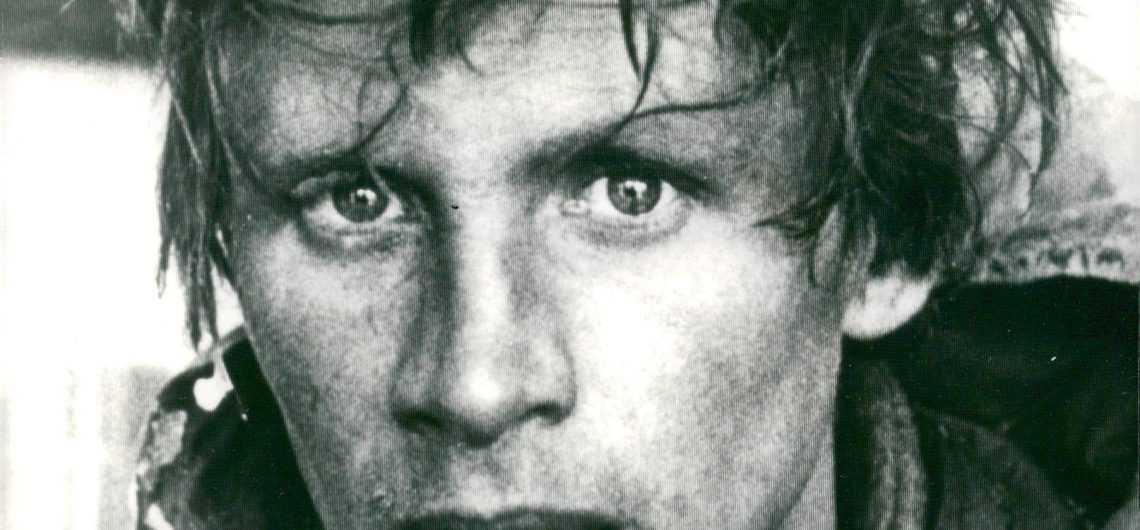Duncan “Dougal” Curdy MacSporran Haston was a Scottish climber who was known for his many accomplishments in the Himalayas, the Alps, and the British Isles. He was born on April 19, 1940, and passed away on January 17, 1977. Before his death in an avalanche while skiing above Leysin, he served as the director of the International School of Mountaineering in Leysin, Switzerland, beginning in 1967. He remained in this position until the time of his passing.
According to what they stated, he left this place by himself the previous day to go skiing above Leysin, with the intention of coming back the same evening. After his failure to appear, a search and rescue operation was initiated, and his footprints were found to be associated with an avalanche that had occurred the day before at the Solacyre ski lift near the slopes.
After searching through the hard-packed slide with rescue dogs, teams were able to locate his corpse buried in the snow.
Haston had his secondary education at West Calder High School. He was born in Currie, which is located on the suburbs of Edinburgh. At an early stage in his career, he collaborated with Robin Smith to climb a number of new routes in Scotland. The two were able to establish themselves as potential stars through the use of routes such as “The Bat on the Carn Dearg Buttress of Ben Nevis.” In 1962, Smith was killed in a tragic accident. Haston was given a sentence of sixty days in jail in 1965, one month before to his rise to the position of Harlin Direct on the Eiger. He was found guilty of driving under the influence of alcohol and causing the death of an 18-year-old student.
Haston lived on to fulfill the vow he had made in his youth. As part of an expedition led by Chris Bonington, he and Don Whillans became the first people to climb the south face of Annapurna in 1970. In 1975, he and Doug Scott were the first pair to summit Mount Everest by the south-west face, again led by Bonington. Both of these accomplishments were accomplished by climbing the mountain. According to the plaque that is located in Currie, Haston was the first British climber to summit the north face of the Eiger. This is an incorrect assertion. In point of fact, Bonington and Ian Clough accomplished this feat in 1962; however, it was in 1966 that he was the first person to climb the Nordwand by the direttissima, also known as the most direct way, together with Jorg Lehne, Gunther Strobel, Roland Votteler, and Siegfried Hupfauer. After the death of American John Harlin, which occurred when a rope that he had decided to use instead of Haston’s suggestion that they be thicker snapped, the path was subsequently named after Harlin in his honor.
In 1967, Haston became the director of the International School of Mountaineering in Leysin, Switzerland. This decision allowed him to expand his repertoire of skills to include guiding and instruction. After taking over from the company’s founder, John Harlin, he remained in that role until his death in 1977, which occurred as a result of an accident while skiing.
Haston was recognized as an adviser on the film The Eiger Sanction, which was directed by Clint Eastwood and starred Eastwood. The film was first released in 1975.
At six o’clock in the evening on September 25, 1975, Dougal Haston and another adventurer named Doug Scott were the first climbers to scale Everest by the mountain’s south-west face. They were the first people to reach the summit of Everest.
The well-known mountaineer, who was born in Edinburgh, had a lengthy history of first ascents, including a number of new Scottish routes that he built early on in his career. This was the most recent of his many first ascents.
He was a member of the group that conquered the Nordwand for the first time in 1966 by using the path that was the most direct. Four years later, he and Don Whillans made history by climbing the south face of Annapurna. They were the first people to do it. Alongside Martin Boysen, Doug Scott, and Chewang Tachei, Dougal successfully accomplished the first-ever climb of Changbang in 1974. Additionally, Sir Chris Bonington and Lieutenant Colonel Balwant Sandhu were the leaders of the expedition.
Bonington was also the leader of the Everest expedition that took place the following year. Due to the fact that Dougal and Scott arrived at the peak late, they were compelled to spend the night in a cave that had been excavated by hand in the snow before attempting to descend. In spite of this, they were able to return to sea level without any additional incidents.
In the year that followed, Dougal and Scott once again joined forces in order to tackle the south-west face of Mount McKinlay, which is located in Alaska. It was going to be his final significant ascent. Tragically, passed away in 1977, when he was 36 years old, while skiing in Switzerland and became stuck in an avalanche.
Today, an appropriate memorial plaque honoring his legacy can be seen on the Currie railway bridge, which is the location where he made his initial ascents into the mountain.
During the month of January in 1977, Haston was skiing alone above Leysin on the northeast slope of La Riondaz to the Col Luisset when he was killed by an avalanche. His scarf looked to have suffocated him, as it appeared to have done. His burial took place at Leysin.
![]()


Comments